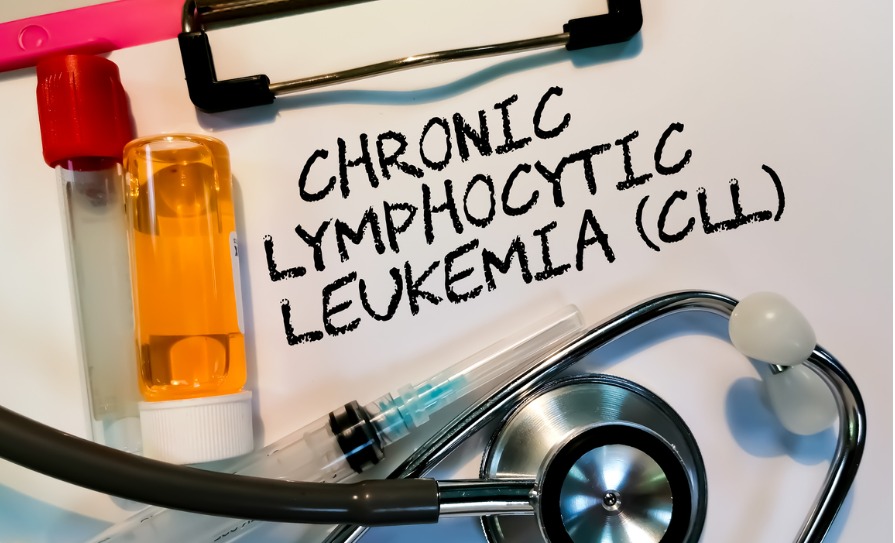
The following study was presented in poster format at the 64th ASH Annual Meeting and Exposition
Background: In a previously reported phase 3 head-to-head trial of the Bruton tyrosine kinase (BTK) inhibitors acalabrutinib (Acala) and ibrutinib (Ibr) (NCT02477696), Acala demonstrated non-inferiority to Ibr and an improved safety profile with statistically fewer atrial fibrillation/flutter (afib/flutter) events (9 per cent vs 16 per cent) and numerically fewer discontinuations due to adverse events (AEs; 15 per cent vs 21 per cent) vs Ibr in patients with previously treated CLL (Byrd et al J Clin Oncol 2021;39:3441-52). To further characterise differences in the safety profile between Acala and Ibr, researchers conducted a post hoc analysis of AEs using a recently developed, novel statistical method (Ruppert et al Leukemia 2021;35:2854-61), which considers measures not captured by incidence alone, such as event duration, recurrence, and grade weighting.
Methods: Patients with previously treated CLL and del(17p) or del(11q) received oral Acala 100mg twice daily or Ibr 420mg daily until disease progression or unacceptable toxicity. Any grade AE incidence was reported overall and for AEs commonly associated with BTK inhibitors. An AE burden score was adapted from Ruppert et al and calculated as the sum of the products of the AE duration and AE severity grade (weight) recorded for each all-cause AE, divided by duration of the evaluable treatment-emergent period for each patient. Grade 1-4 AEs were weighted according to their CTCAE severity grades; grade 5 AEs were weighted as 10 to reflect the fatal outcome. Patients with no AE had a score of 0. Separate scores were calculated for grade 1-4 AEs and grade 1-5 AEs.
Results: In total, 529 patients (Acala, n=266; Ibr, n=263) received study treatment; median number of prior therapies was two in both arms. Median total treatment exposures were 38.3 and 35.5 months, respectively, at the September 15, 2020 data cut-off. While the frequency of experiencing any AE was similar between Acala (98 per cent) and Ibr (97 per cent), the overall AE burden score considering all AEs was higher for Ibr vs Acala, with (P=0.0006) or without (P=0.0016) grade 5 events included. The overall AE burden score was higher with Ibr vs Acala in certain patient subgroups, including age <65y, age ≥65y, and one-to-three prior therapies; there was no statistical difference among pts with ≥4 prior therapies. AE incidences and AE burden scores for events of clinical interest (ECIs) and selected AEs are shown in the study table.
Among ECIs, the afib/flutter AE burden score P=0.0201 and event incidence (P) were higher with Ibr than Acala. The AE burden score for cardiac events overall was numerically higher for Ibr vs Acala, even when including grade 5 events; the incidence rate was also numerically higher for Ibr. For hypertension and haemorrhage, AE burden scores (P<0.0001 and P=0.0007, respectively) and event incidences (P<0.0001 and P=0.0020, respectively) were higher with Ibr; no difference was observed for major hemorrhage. Neither the incidence nor AE burden score for infections was different between treatment arms.
Among notable symptomatic AEs, the incidence and AE burden score of fatigue was similar between Acala and Ibr. Diarrhoea was more frequent among Ibr-treated pts (P=0.0075); however, the AE burden score was higher with Acala (P=0.0114). Headache was more frequent with Acala (P=0.0002), with a higher AE burden score vs Ibr (P=0.0002). The AE burden score for musculoskeletal events was higher with Ibr (P=0.0229).
Conclusions: The results of this novel analysis using methodology that incorporates event duration and severity weighting further support the superior tolerability of Acala compared with Ibr and confirm the safety differences that have been reported previously between the two drugs. The AE burden score was lower with Acala vs Ibr overall as well as for afib/flutter, hypertension, haemorrhage, and musculoskeletal events, while it was greater with Acala for diarrhoea and headache.
Reference: Seymour et al: Elevate RR burden score, assessing the burden of adverse events in head-to-head trial of acalabrutinib in previously untreated chronic lymphocytic leukaemia. Abstract 3133, ASH 2022. Available at: https://ash.confex.com/ash/2022/webprogram/Paper157060.html.





Leave a Reply
You must be logged in to post a comment.